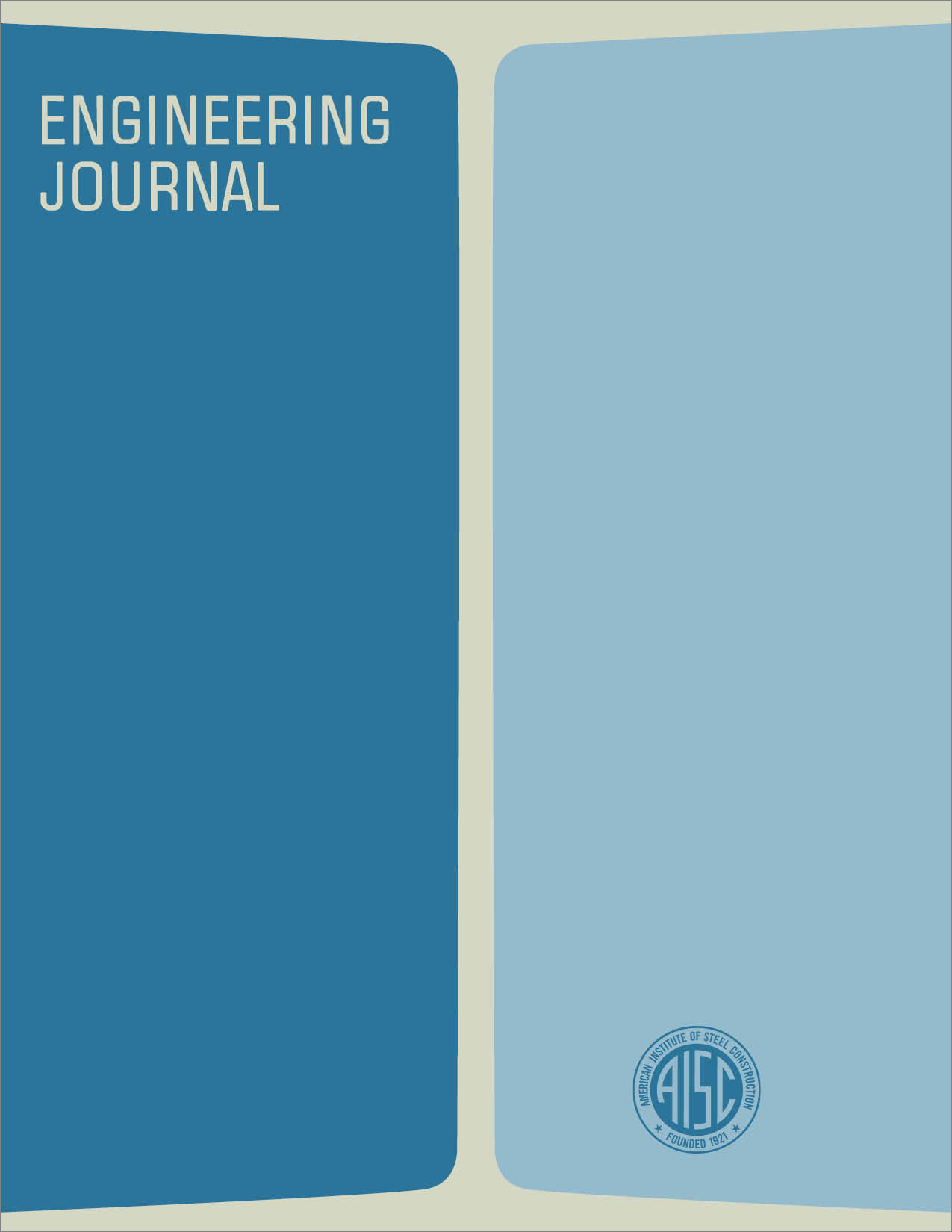Fundamentals of Orthotropic Plate Design
DOI:
https://doi.org/10.62913/engj.v1i2.12Abstract
The use of steel bridge deck supported by closely spaced stringers and floor beams can be traced back to the "battledeck floor" introduced by the American Institute of Steel Construction in the 1930s. However, economy in design has been realized only in recent years with steel deck constructed of a welded monolithic unit with longitudinal ribs and transverse floor beams. Such a monolithic construction is now commonly known as an orthotropic plate. Orthotropic plate construction has resulted in substantial reduction of dead weight for long span bridges built in Europe, and more recently has found applications in the design of medium and short span bridges in the United States. An outstanding example of long span orthotropic plate construction is the Save River Bridge in Belgrade, Yugoslavia, which has an 856 ft span. This new bridge, weighing 3800 tons, replaced a destroyed suspension bridge of 6800 tons. The saving in weight of steel is partially offset by the increased cost of fabrication, but the net saving is still impressive. At present, there are more than 40 orthotropic plate bridge decks in Germany, and several more in othercountries including Canada.

